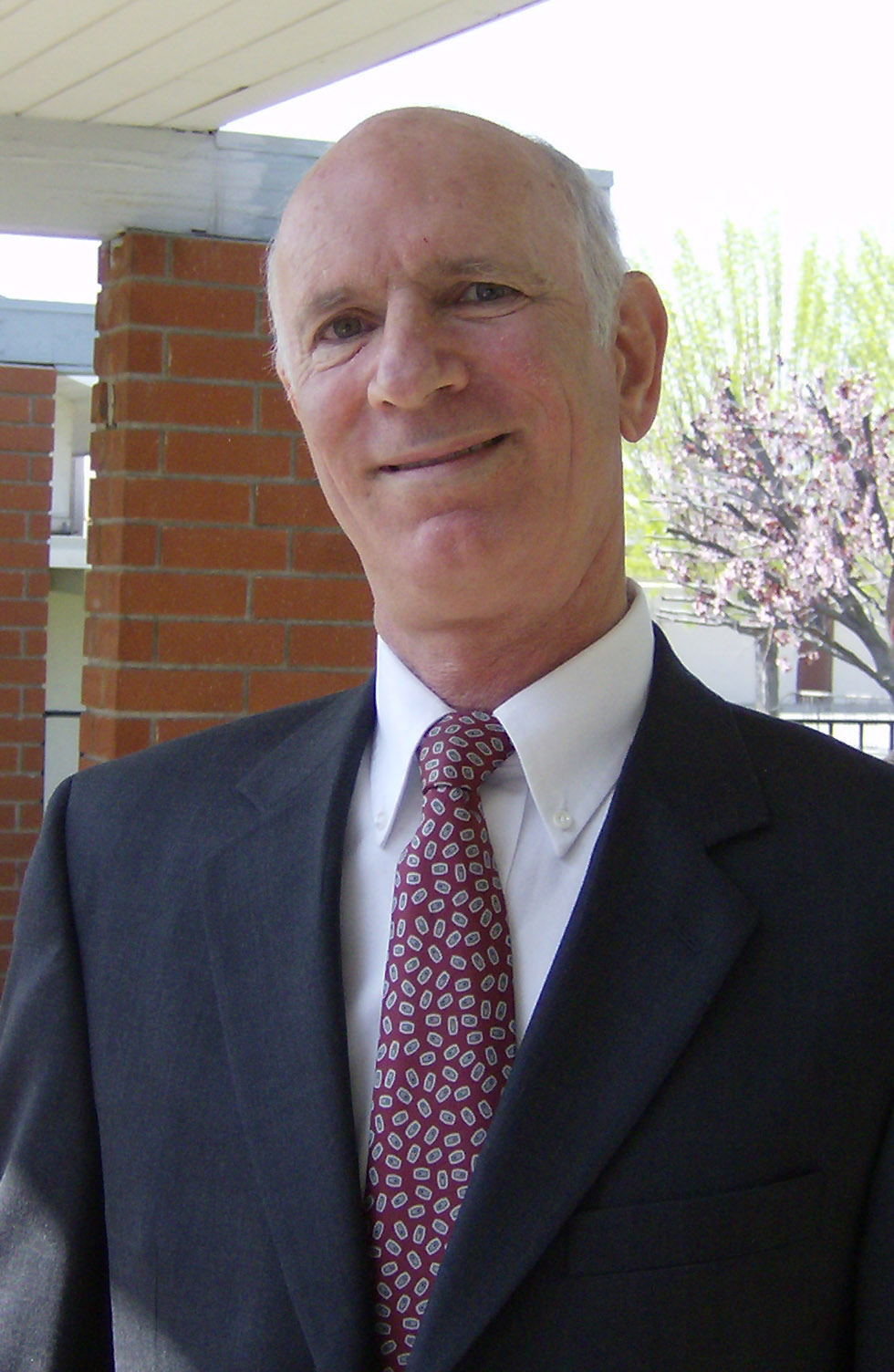Counterfeit And Fraudulent Parts And Materials: Is the Current Status the New Normal?
(47:40 + Q&A) -- incidences, impacts, supply chains, shortages, safety, security, current statistics ... Dr. Diganta Das, CALCE Center, University of Maryland. Fraud and counterfeiting are not new — they are as old as any commerce and trade — but these practices’ impacts on electronic parts, assemblies, and related materials are relatively recent. Typically, the concern had been limited to the defense, aerospace, and other “high-reliability” industries, invisible to the average consumer. The growing dependence on electronics by the average consumer, directly or indirectly, is making us all sensitive to the ebb and flow of the global supply chain. For example, electronics behind the scenes are necessary to reduce environmental impacts in today’s cars. We may not see the impacts on the defense and aerospace industry, but we can see how the electronics shortage cripples the automotive sector. A modern house will likely have hundreds of sensors built-in for safety, security, communication, and climate control. What used to be concerns only for business-to-business transactions is now visible to us all. This presentation will share current statistics and the direction of counterfeit incidents, focusing on electronics but going beyond it. It will cover the concerns and impacts of supply chain disruptions and shortages and their correlation with counterfeit incidences.
Bio: Dr. Diganta Das (Ph.D., University of Maryland, B.Tech, Indian Institute of Technology) is a Research Scientist at the Center for Advanced Life Cycle Engineering. His current research interests include electronic parts supply chain, counterfeit electronics avoidance and detection, light emitting diode failure mechanisms, cooling systems in telecommunications infrastructure and their impact on reliability, and power electronics reliability. In addition, Dr. Das is involved in prognostics-based risk mitigation of electronics. Dr. Das has published more than 75 articles on these subjects, and presented his research at international conferences and workshops.
He is Founding Chair of the CALCE/SMTA Counterfeit Parts and Materials Symposium since 2007. He is chair of SAE sub-committee developing the counterfeit assembly detection standard. He also participates in several other SAE standards developments related to counterfeit electronics. Dr. Das leads the educational outreach of CALCE, developing joint educational programs, training, internship, and professional development programs. He had been an Associate Editor of the journal Microelectronics Reliability. He is a Six Sigma Black Belt and a member of IEEE, IMAPS and SMTA.
We invite you to visit our chapter's website to access earlier on-demand videos, and to sign up for our Dlist to hear about upcoming events: www.ieee.org/scveps.
(47:40 + Q&A) -- incidences, impacts, supply chains, shortages, safety, security, current statistics ... Dr. Diganta Das, CALCE Center, University of Maryland. Fraud and counterfeiting are not new — they are as old as any commerce and trade — but these practices’ impacts on electronic parts, assemblies, and related materials are relatively recent. Typically, the concern had been limited to the defense, aerospace, and other “high-reliability” industries, invisible to the average consumer. The growing dependence on electronics by the average consumer, directly or indirectly, is making us all sensitive to the ebb and flow of the global supply chain. For example, electronics behind the scenes are necessary to reduce environmental impacts...
 Cart
Cart Create Account
Create Account Sign In
Sign In






